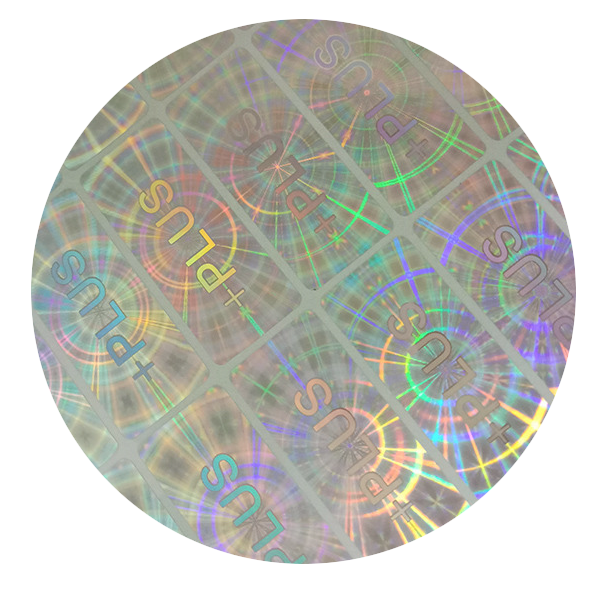Micha Eden Erdész's artistic practice is remarkably diverse. It ranges from artistic research to working in various media such as painting, photography, video and sculpture. The different techniques stand for different ways in which one can deal with a lived reality: through haptic, visual comprehension, through intellectual understanding or even supernatural sensation. In the respective works, he creates new spaces of experience for different aspects of reality. He encodes them in a separate language that seems to be detached from references and thus forms its own language, its own mystery. This in turn invites a viewer to decipher it, offering a wonderful escape into the artist’s imagination.
Micha Eden Erdész (° 1975, CANADA) is an Intermedia artist and graduate of Chelsea College of Arts currently living and working in the Dedham Vale, AONB, England.
